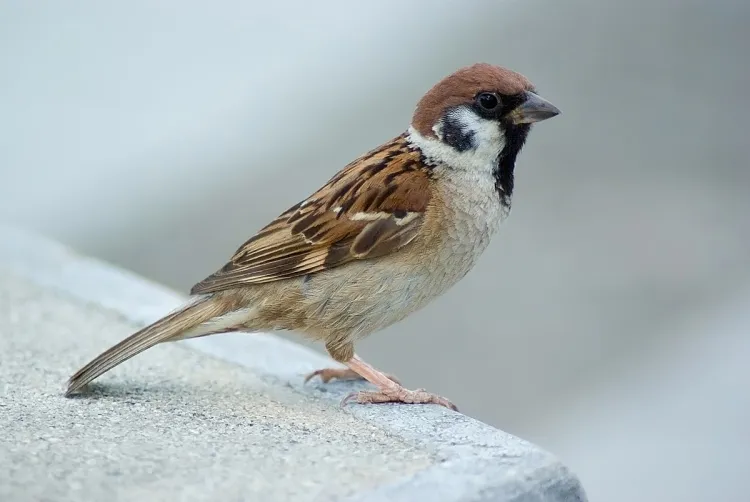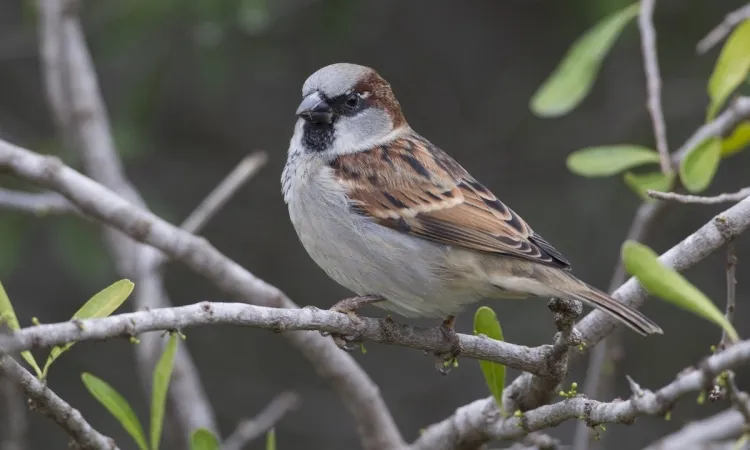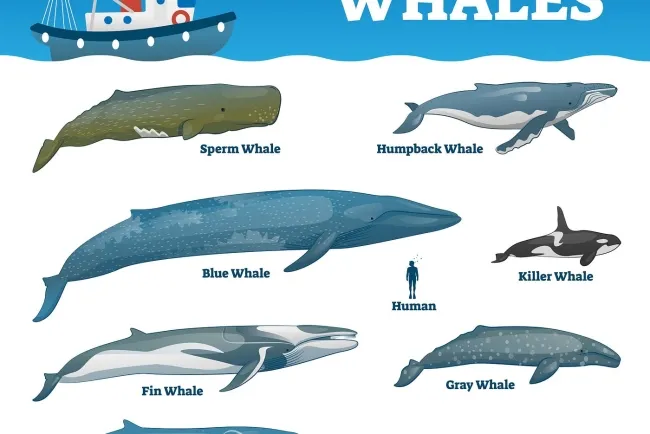"The Vanishing Sparrows: A Call to Save Our Feathered Friends"

The Vanishing Sparrows: Understanding Their Significance and the Causes Behind Their Decline
Once a familiar presence in our homes and gardens, the humble sparrow is slowly disappearing from our surroundings. These small, chirping birds have been an integral part of human life for centuries, coexisting with us in urban spaces, farmlands, and forests. However, in recent years, their numbers have been dwindling at an alarming rate. The decline of sparrows is not just a loss of a beloved bird but a grim reminder of the environmental imbalances we have created. This article explores the significance of sparrows, the factors leading to their decline, and the measures we can take to bring them back.

Why Sparrows Matter
1. Maintaining Ecological Balance
Sparrows play an essential role in nature by keeping the insect population in check. They feed on caterpillars, locusts, and other agricultural pests, acting as natural pest controllers. Their presence in fields reduces the need for chemical pesticides, promoting a healthier environment.
2. Aiding in Pollination and Seed Dispersal
These tiny birds contribute to plant biodiversity by inadvertently assisting in pollination and seed dispersal. As they feed on grains, fruits, and nectar, they spread plant seeds, promoting new plant growth and sustaining the natural cycle of regeneration.
3. Indicators of a Healthy Environment
Sparrows are highly sensitive to changes in their habitat. Their dwindling numbers signal environmental distress, indicating rising pollution levels, loss of green spaces, and excessive human interference. The decline of sparrows serves as a warning sign that our ecosystem is deteriorating.
What’s Causing Their Decline?
1. Loss of Nesting Spaces
Traditional homes, old buildings, and tree-covered landscapes once provided ample nesting spaces for sparrows. However, modern urbanization has led to the construction of glass-and-steel structures with minimal natural crevices for birds to nest. The reduction of gardens and open spaces has further exacerbated the problem.
2. Food Scarcity Due to Pesticide Use
Sparrows rely on a diet of grains, seeds, and insects. The widespread use of chemical pesticides in farmlands has drastically reduced insect populations, depriving sparrows of a key food source. Additionally, with changes in human lifestyles, fewer people leave food grains in open spaces, making it harder for sparrows to find sustenance.
3. Impact of Mobile Tower Radiation
Research suggests that electromagnetic radiation from mobile towers and wireless networks affects the orientation and reproductive behavior of birds. Sparrows, being small and delicate, are especially vulnerable to these invisible yet harmful changes in their environment.
4. Air and Noise Pollution
Urban areas are increasingly polluted with toxic air and excessive noise. The smog and dust make it difficult for sparrows to breathe, while constant noise disrupts their communication and nesting behaviors. A polluted environment makes survival harder for these small birds.
5. Climate Change and Weather Extremes
Unpredictable weather patterns caused by climate change, including sudden temperature shifts, unseasonal rains, and prolonged droughts, impact sparrow breeding cycles and food availability. These environmental disruptions threaten their survival and push them towards extinction in many regions.

How Can We Help Save Sparrows?
1. Creating Bird-Friendly Spaces
Individuals and communities can help by setting up birdhouses, leaving water bowls in open areas, and planting native plants that attract insects and provide shelter. Green rooftops and balcony gardens can also serve as small but significant habitats for sparrows.
2. Minimizing Pesticide Use
Encouraging organic farming and reducing the use of chemical pesticides can help restore the insect population, which is a primary food source for sparrows. Promoting eco-friendly agricultural practices can significantly benefit their survival.
3. Regulating Electromagnetic Radiation
There is an urgent need for further research and regulation of mobile towers to reduce their impact on birds. Strategically placing towers away from nesting areas and limiting radiation exposure in ecologically sensitive zones can help mitigate their harmful effects.
4. Raising Awareness and Community Participation
Public awareness campaigns about sparrow conservation can encourage communities to take simple steps to protect these birds. Schools, environmental organizations, and social media platforms can play a vital role in spreading awareness and fostering action.
5. Supporting Conservation Efforts
Several environmental groups and bird conservation organizations are working tirelessly to restore the sparrow population. Supporting such initiatives through donations, volunteering, and advocacy can help in the long-term survival of these birds.
Conclusion
The decline of sparrows is a reminder that human progress must not come at the cost of nature. These small birds, once abundant in our surroundings, are struggling to survive due to habitat loss, pollution, food scarcity, and climate change. However, it is not too late to reverse the damage. By taking conscious steps to protect their habitats, ensuring food availability, and reducing harmful environmental practices, we can bring back the chirping of sparrows to our neighborhoods. It is our responsibility to safeguard these precious creatures for future generations, ensuring that the simple joy of watching a sparrow hop around our gardens does not become a distant memory.
What's Your Reaction?

















